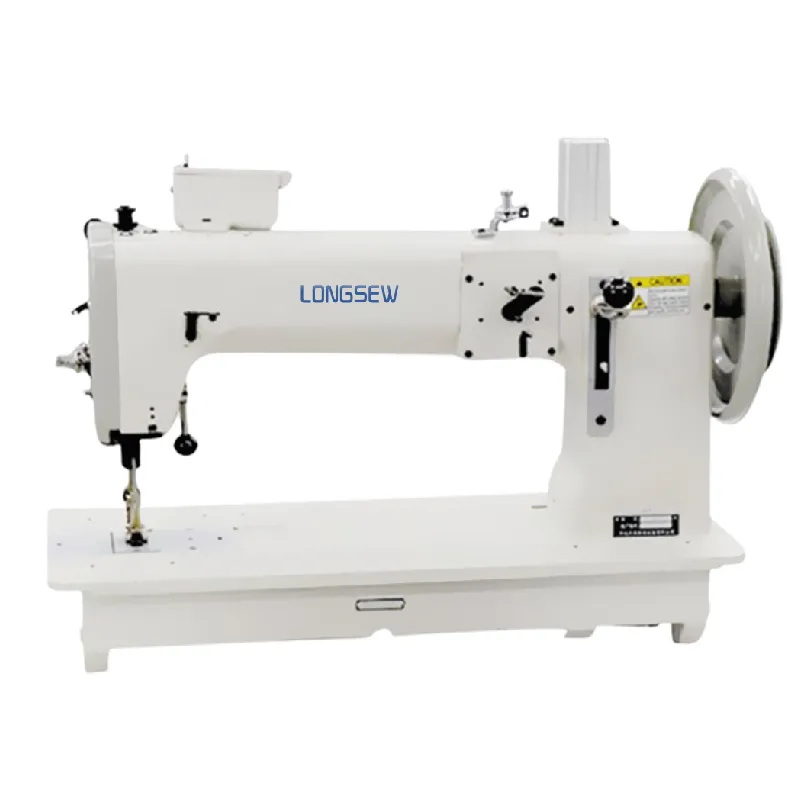Understanding the Functions and Benefits of an Overlocker in Sewing Projects
An overlocker, often referred to as a serger in North America, is a specialized sewing machine that serves a variety of essential functions in the world of garment construction and textile finishing. While traditional sewing machines are primarily designed to create seams, an overlocker takes on a multifaceted role, enhancing both the quality and durability of the finished product. Understanding what an overlocker does can be fundamental for both amateur and professional sewists.
One of the primary functions of an overlocker is to finish raw edges of fabric. When fabric is cut, the edges can fray over time. This not only detracts from the aesthetic appeal of the garment but can also lead to the fabric unraveling. An overlocker employs a series of stitches—specifically, the overlock stitch—which wraps around the edges of the fabric, effectively preventing fraying. This helps to maintain the integrity of the fabric and prolongs the life of the garment.
.
Another remarkable feature of an overlocker is its speed. Overlockers work significantly faster than standard sewing machines, making them ideal for high-volume sewing projects. In a production environment, the ability to quickly finish seams and edges can improve efficiency and productivity. This speed, combined with the high quality of stitching, is why many factories and professional sewing operations utilize overlockers as a vital part of their machinery.
what does a overlocker do

In addition to these seam and edge-finishing capabilities, overlockers offer versatility in sewing techniques. Depending on the model, an overlocker can perform various functions such as rolled hems, flatlock seams, and even blind hems. This versatility allows sewists to experiment with different finishes and styles that would be more challenging or impossible to achieve with a standard sewing machine. For example, a rolled hem, which creates a narrow, neatly finished edge, is particularly useful for lightweight fabrics like chiffon or silk.
To further enhance the utility of an overlocker, many modern models are equipped with additional features such as differential feed. This allows the sewist to adjust the feed mechanism to accommodate different types of fabric and prevent gathering or stretching, which can happen with certain fabrics when sewn. With this feature, users can tackle a wide range of textiles, from delicate fabrics to heavier materials like denim.
In conclusion, an overlocker is an indispensable tool for anyone serious about sewing. Its ability to finish edges, create durable seams, and perform various sewing techniques sets it apart from traditional sewing machines. Whether you are a hobbyist creating handmade garments or a professional looking to streamline production, understanding the unique features and capabilities of an overlocker can elevate your sewing projects to a new level of quality and craftsmanship. With the right techniques and creativity, an overlocker can not only enhance the functionality of your sewing but also inspire new ideas and projects along the way.
-
Industrial Cylinder Arm Sewing Machine: Revolutionizing Heavy-Duty SewingNewsJul.28,2025
-
Cylinder Arm Sewing Machine: Perfect for Special Sewing ApplicationsNewsJul.28,2025
-
Cylinder Bed Sewing Machine: Essential for Sewing Complex MaterialsNewsJul.28,2025
-
Heavy Duty Sewing Machine: The Essential Tool for Industrial ApplicationsNewsJul.28,2025
-
Computerized Pattern Sewing Machine: Revolutionizing Precision StitchingNewsJul.28,2025
-
Heavy Duty Industrial Sewing Machine: Power Meets PrecisionNewsJul.28,2025
-
Leather Sewing Machine: The Industrial Standard for Tough MaterialsNewsJul.18,2025





























